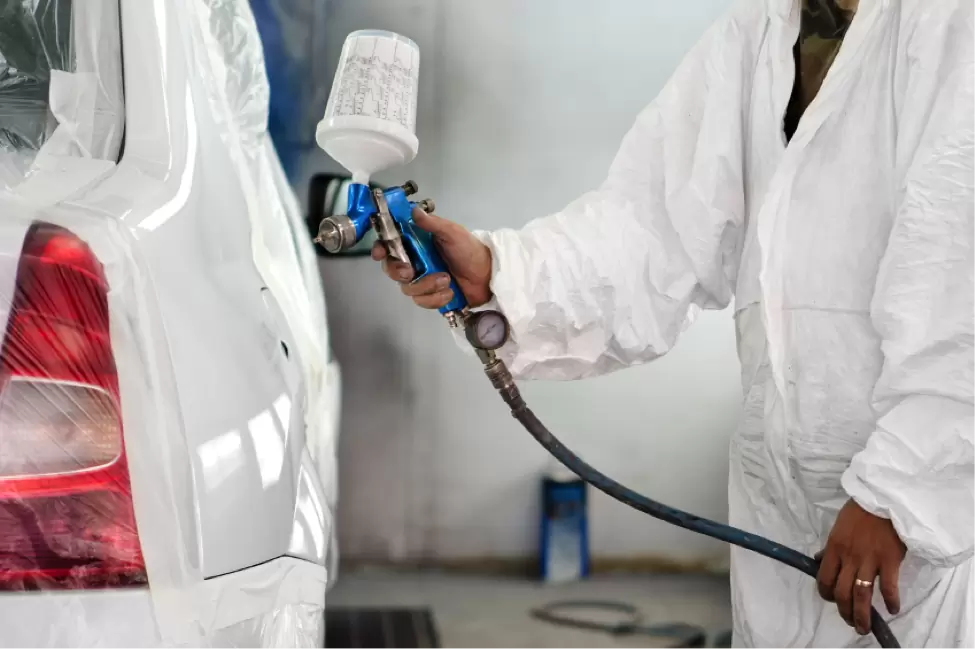
Automotive paint is an important material in vehicles and is widely used for decorative and protective purposes. Most paints on cars are water-based acrylic polyurethane enamel. These types of paint are environmentally friendly and are becoming increasingly popular. Water-based enamel is the most common type of car paint, which means that it has the least impact on the environment.
However, you can still cause damage to your car’s paint if you let tree sap on it. Sap can eat away at the clear coat of the paint and cause staining and discoloration. Hot weather can speed up the process. The sap can be very sticky and difficult to remove. However, it can be removed using a cleaning solution or rubbing alcohol.
There are two basic types of paint for cars: one-stage and two-stage. Single-stage paints are easier to apply, because they include the color and gloss in one step. Two-stage paints, on the other hand, require several layers to dry completely. This makes them more time-consuming to apply, but they also provide a higher quality finish.
The base coat is the next step, after the primer coat. This stage is important, as it creates colour effects and visual properties. The base coat comes in different types, such as pearlescent, metallic, and solid, with each one having its own distinct properties. The base coat has a major impact on the visual appeal of a car, and you may want to choose the right one for your car.
The most popular type of car paint is solid. This type has a solid finish and a top coat of clear to protect it from damage. Many manufacturers also use two-pack paint, which consists of an acrylic paint and an isocyanate hardening agent. Solid paint, on the other hand, can have an orange peel finish, and is limited in its colour range.
High-end car manufacturers can create customised colours for your car. Custom colours can cost several tens of thousands of pounds. A professional painter can also restore a damaged car with a good paint job. If you are planning to paint your car yourself, read a car paint guide first. Always remember that the process of painting a car cannot be rushed, so make sure you take your time and do the right prep work.
The quality of car paint is vital for the longevity of a car. If it is not done correctly, it could result in rusting or deterioration of the body panels. With a good paint job, your car will withstand everyday driving and collisions. It also protects the metal under the surface from the harsh elements of the road.
The next layer is the clear-coat, which is applied over the base coat. The purpose of a clear-coat is to protect the paint from scratches and oxidation, and to make it look glossy. It also contains chemicals to make it stick to flexible materials better. It also helps prevent fading of color due to the rays from the sun.
